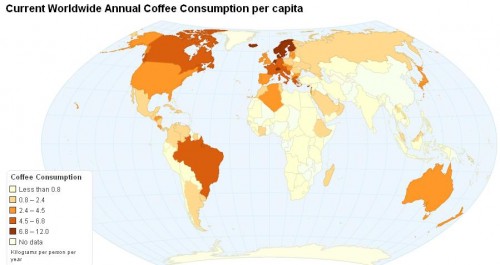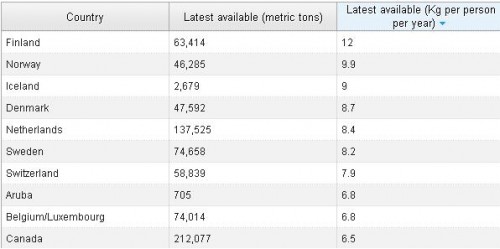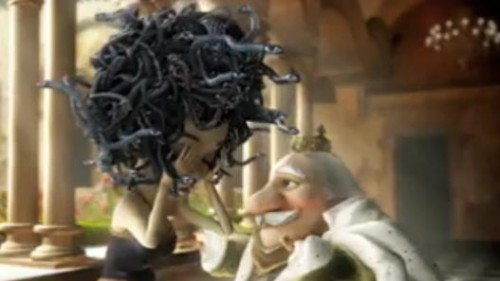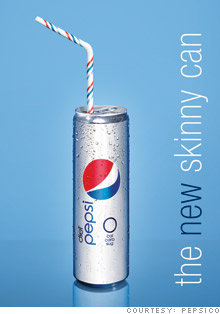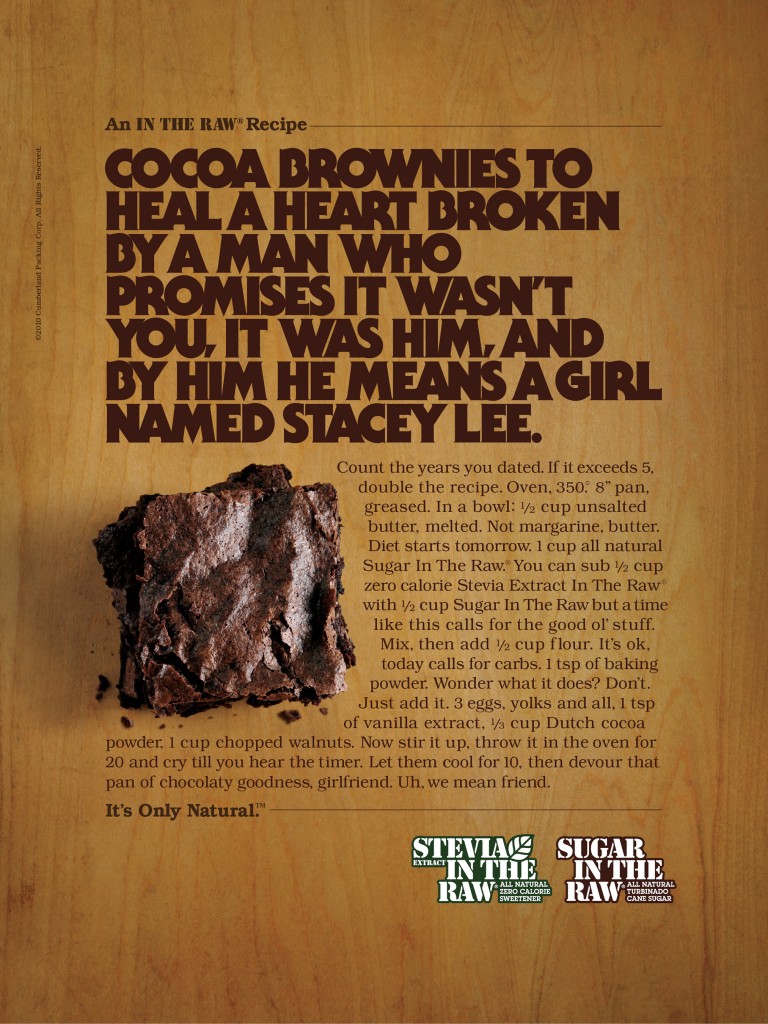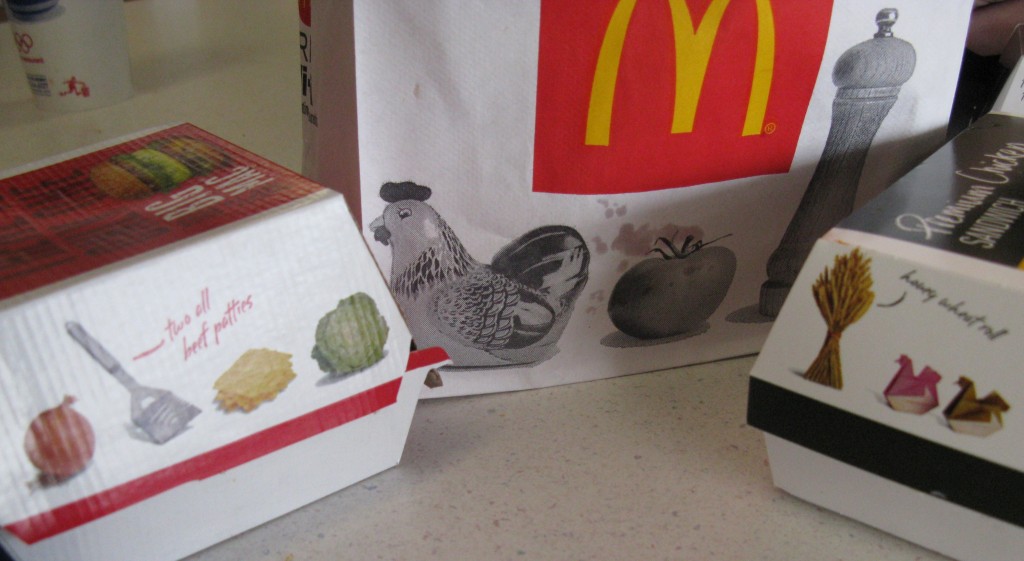Recently I posted some maps showing global alcohol consumption. As a follow-up, here’s a map, via Blame It on the Voices, showing global consumption of coffee (with the rather major omission of China, among other nations, due to lack of data):
Consumption is measured in kilograms and, as ChartsBin explains, “Weight is presented as Green Bean Equivalent (GBE). 1 pound roasted coffee = 1.19 pounds of green coffee beans.”
Scandinavians drink the most coffee, on average. Based on the most recent available data, Finland, at 12 kg GBE each per year, tops the charts, and Norway, Denmark, and Sweden also make it into the top 10 (from ChartsBin):
The U.S. comes in at #26, consuming 4 kg/person annually. Apparently we’re too busy drinking beer to get serious about coffee.

